Fellow Redfin agent Carlos Raya had a seller completely overhaul the entryway to make it feng shui compliant for potential buyers. “The home had been on the market for a little while with no offers,” Raya said. “During an open house one of the buyers referenced the position of the stairs in the entryway. They said you never want to walk in the main entrance looking at the bottom of a staircase because it means instead of money flowing into the home it goes straight out. My client took these concerns seriously and put a wall up at the end of the stairs. She got an offer on the home immediately after putting it back on the market.”
If structural renovations aren’t in the cards for you, but you’re still looking for a little balance and an increase of energy flow throughout your home, there are a few simple do-it-yourself projects that may only require a little paint and redecorating.
1. The Bagua Map
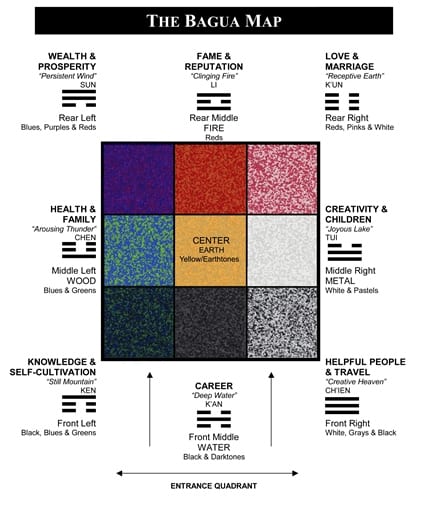
Your first order of business is to download or draw a bagua map, used by the Western School of Feng Shui, and apply it to the floor plan of your home. Each box on the map represents a life situation that can be correlated with an area of your house.
The entrance of your home should line up with either the Knowledge, Career or Helpful People boxes of the bagua.
Once you’ve aligned the map and know which rooms of the home correlate with the eight bagua areas, you’ll be able to use feng shui techniques to increase the positive energy flow, or chi, throughout your home.
2. Incorporate the basic feng shui elements
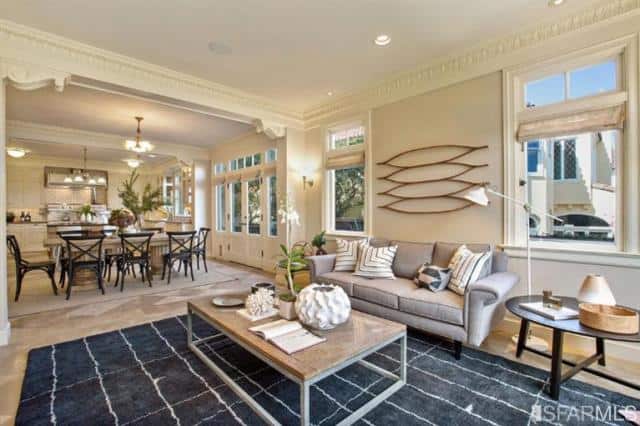
As you’ll notice on the bagua map, there are elements associated with some areas as well. The feng shui elements are fire, wood, earth, metal and water; they can be incorporated in the corresponding sections to increase the energy flow in your home.
So perhaps you’d like to work on the “family” section of the home. That’s where the element of “wood” is represented. You could put up a nice wooden wall sculpture or use wood furniture and possibly a live house plant to incorporate the color green, which also falls into the family section of the bagua map.
3. Use color (but not just any color)
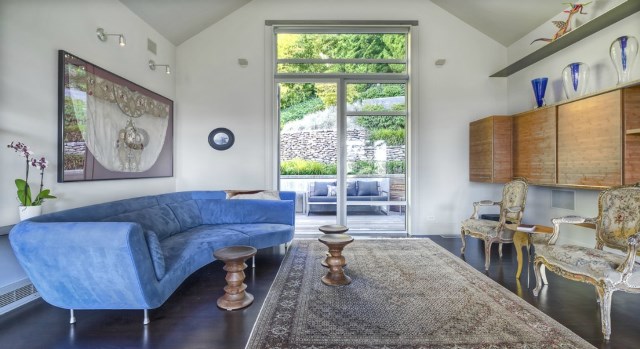
And that leads me into the use of color in the practice of feng shui in the home. Colors are also associated with sections of the bagua map and can be used accordingly around your house through objects, art, paint colors and furniture.
For example, the color blue is represented in the Knowledge section of the bagua. But that doesn’t mean your chi will be thrown off if you don’t paint the entire room blue. If you’re an adventurous home designer, try using a piece of furniture or a statement rug to incorporate the color.
4. Make an entrance
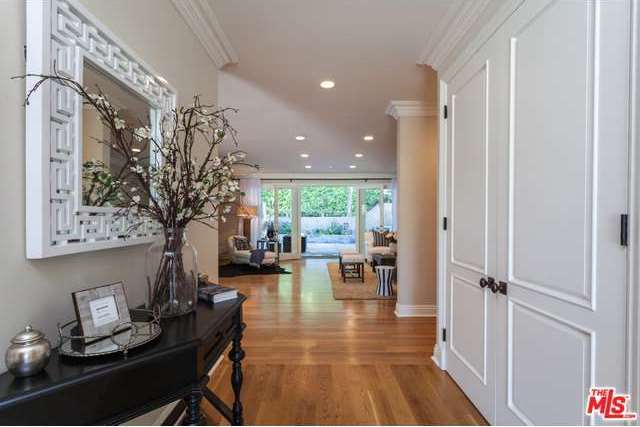
The entrance of a home is one of the most important areas in the practice of feng shui. According to experts, the entryway is where your home collects and absorbs its energy. You shouldn’t see the bottom of a staircase, a bathroom or a cluttered coat closet as soon as you walk through the front door. These are a few things that may block or cause chi to escape your home.
Make sure your entry is clear, giving the outside energy an easy path to the rest of the home. Set up a focal point: a console table with a vase or a painting on the wall. Try searching “main entry feng shui” on Pinterest for inspiration.
5. Clear the clutter
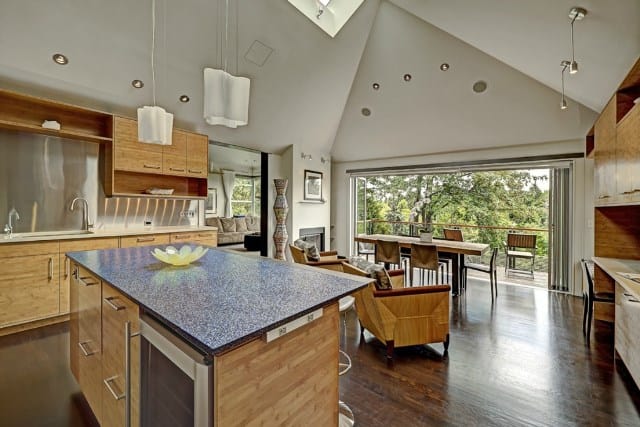
Lastly, clutter is a chi killer. An accumulation of stuff around your home can easily throw off the energy flow. Go through closets and get rid of clothes that you haven’t used in ages, store children’s toys and keep nightstands and dressers clear of dust and clutter.
Also, it’s not good feng shui to have items stored under your bed. You want energy to be able to flow freely through these kinds of spaces. Feng shui experts also advise taking items out of your bedroom that might cause visual clutter, like a TV or exercise equipment.
Decluttering your kitchen means keeping it clean. Clear out the refrigerator and make sure surfaces and light fixtures are clean and dusted. Put appliances away so your counters aren’t crowded.
The biggest challenge once you’d cleared the clutter is keeping it from accumulating again!
BEAUTIFUL THIS
ReplyDelete